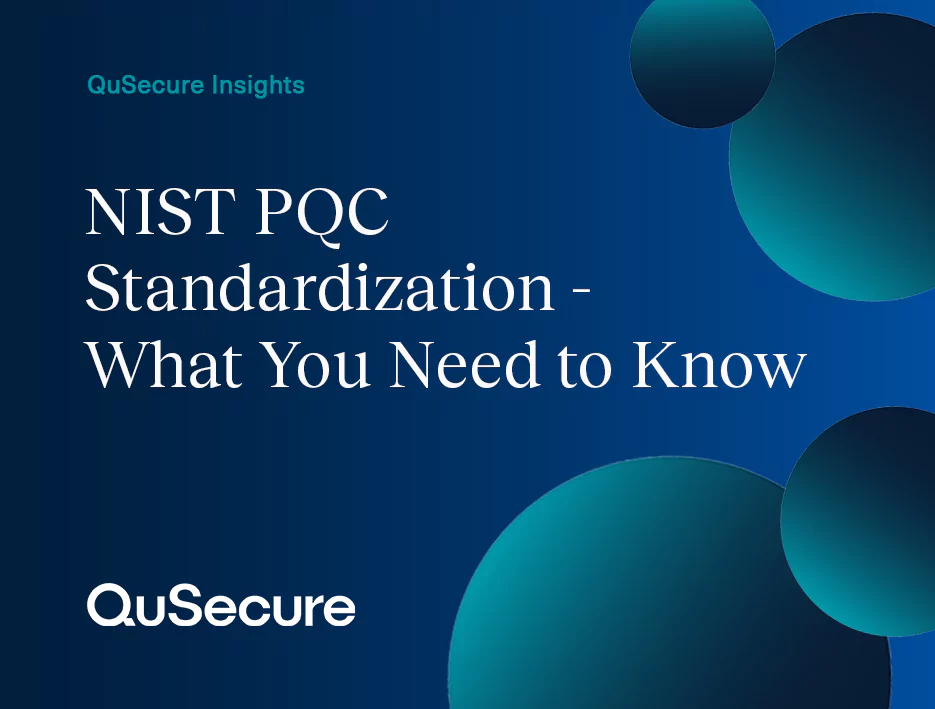
As quantum computing rapidly advances, traditional encryption methods—such as RSA and ECC—are becoming increasingly vulnerable. To protect digital communication against future quantum threats, the National Institute of Standards and Technology (NIST) has created a new set of guidelines known as NIST PQC standards. These standards define the algorithms that organizations should adopt to ensure long-term, quantum-resistant security.
This guide explains what NIST PQC standards are, why they matter, and how businesses can prepare for the shift to post-quantum cryptography.
What Are NIST PQC Standards?
NIST PQC standards are the official post-quantum cryptography algorithms selected and recommended by NIST to protect digital systems from quantum computer attacks. After a multi-year global competition involving researchers worldwide, NIST chose a set of algorithms designed to withstand both classical and quantum-enabled threats.
These standards help organizations transition from vulnerable classical encryption to quantum-safe cryptographic systems.
Why NIST PQC Standards Are Important
Quantum computers have the power to break widely used encryption methods. RSA, ECC, and Diffie-Hellman are all at risk, meaning sensitive data, communications, financial transactions, and government systems could be exposed.
NIST PQC standards address several critical needs:
- Long-term data protection against future decryption
- Consistency and reliability across industries
- Guidance for global cybersecurity adoption
- Stronger cryptography that resists both classical and quantum attacks
Organizations that delay adopting post-quantum security risk becoming unprepared for sudden breakthroughs in quantum computing.
The Selected NIST PQC Algorithms
NIST has identified a set of algorithms that will form the backbone of post-quantum security. These algorithms fall under two main categories: Key Establishment and Digital Signatures.
1. Key Establishment Algorithm: CRYSTALS-KYBER
CRYSTALS-KYBER is the primary key encapsulation mechanism (KEM) selected by NIST. It enables secure communication between parties by allowing them to exchange keys that even quantum computers cannot break.
Key features:
- Efficient performance
- Small key sizes
- Strong resistance to quantum attacks
- Ideal for VPNs, TLS, IoT, and cloud environments
KYBER will become the standard foundation for future secure network protocols.
2. Digital Signature Algorithms
NIST selected three signature schemes:
a. CRYSTALS-DILITHIUM
A lattice-based digital signature algorithm with high performance and strong security.
Best suited for:
- Software distribution
- Authentication
- Identity management
b. FALCON
Known for compact signatures and high security, suitable for systems requiring low-latency operations.
Best suited for:
- Embedded systems
- High-performance applications
c. SPHINCS+
A stateless hash-based signature algorithm.
Best suited for:
- Applications needing a conservative, hash-based approach
Together, these algorithms form the core of NIST PQC standards.
How NIST PQC Standards Strengthen Cybersecurity
Adopting NIST PQC standards ensures organizations stay ahead of evolving threats. Key benefits include:
1. Quantum-Resistant Protection
These standards safeguard data from attacks that traditional encryption can no longer withstand.
2. Long-Term Security Assurance
NIST PQC algorithms protect sensitive information for decades, even against future quantum capabilities.
3. Global Compatibility
Because they are standardized, the algorithms will be widely supported across industries and technologies.
4. Crypto Agility Support
Adopting NIST PQC standards supports crypto agility—allowing organizations to switch algorithms quickly when necessary.
Industries That Must Prioritize NIST PQC Standards
Some sectors face higher risks due to the long-term value of their data. These include:
- Banking and financial institutions
- Government and defense
- Healthcare systems
- Cloud service providers
- Telecommunications
- Critical infrastructure
- E-commerce platforms
- Tech companies with sensitive IP
For these industries, adopting NIST PQC standards is not just recommended—it’s essential.
How to Prepare for NIST PQC Standards
Organizations should start planning their transition now. Here’s how:
1. Perform Cryptographic Discovery
Identify where encryption is used across your network, applications, APIs, and devices.
2. Assess Quantum Vulnerabilities
Determine which assets rely on vulnerable algorithms like RSA or ECC.
3. Implement Crypto Agility
Ensure your systems can switch to new algorithms without major disruptions.
4. Begin Testing PQC Algorithms
Integrate and test CRYSTALS-KYBER, DILITHIUM, FALCON, and SPHINCS+ in your environments.
5. Work with PQC-Ready Vendors
Choose cybersecurity partners who support NIST PQC standards and quantum-safe strategies.
Final Thoughts
Quantum computing is no longer a distant possibility—it is a rapidly approaching reality. As encryption methods age, organizations must begin upgrading their security infrastructure to protect their data long-term.
NIST PQC standards offer a clear, trusted roadmap for adopting quantum-safe cryptography. By understanding these standards and planning early, businesses can safeguard their networks, remain compliant, and stay ahead of emerging cyber threats.
